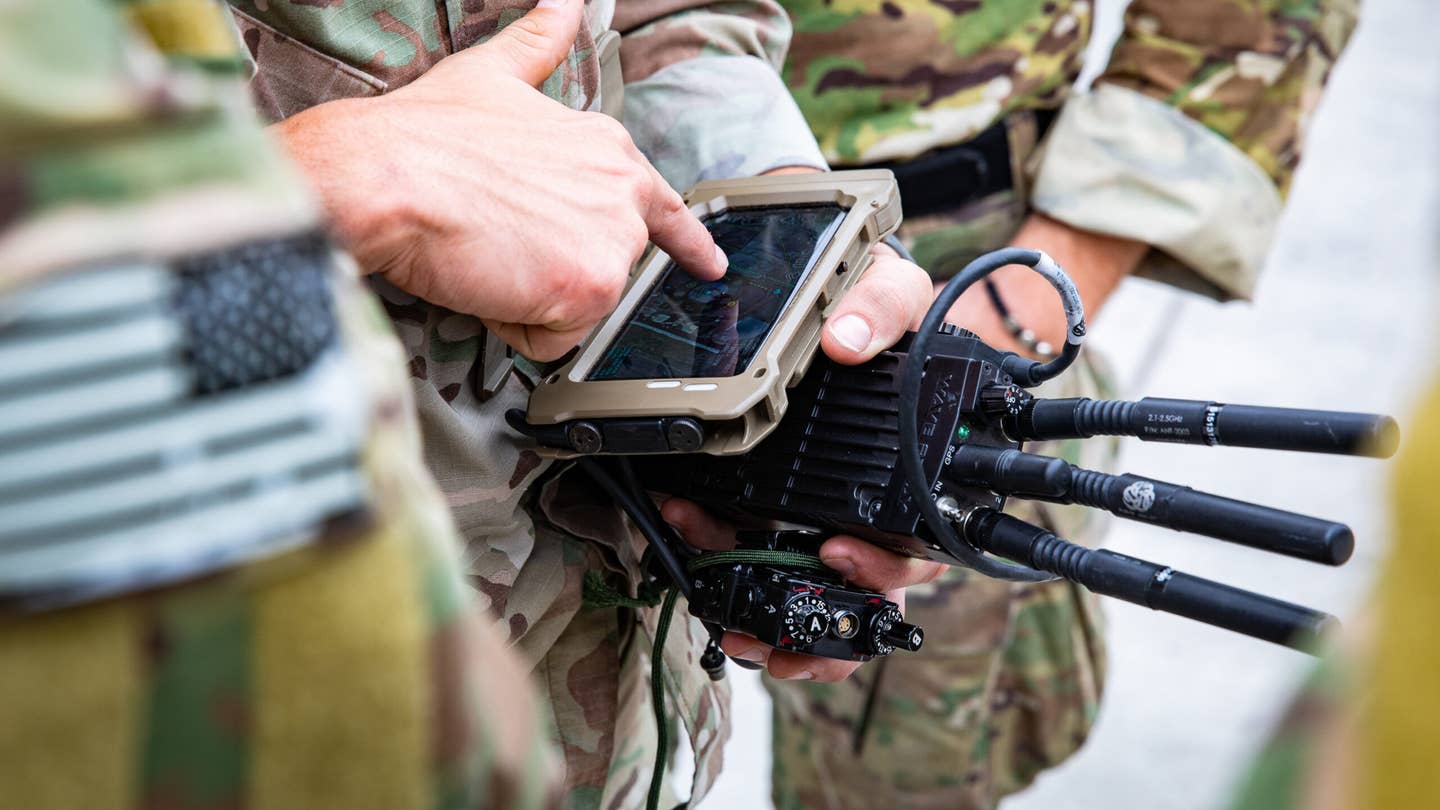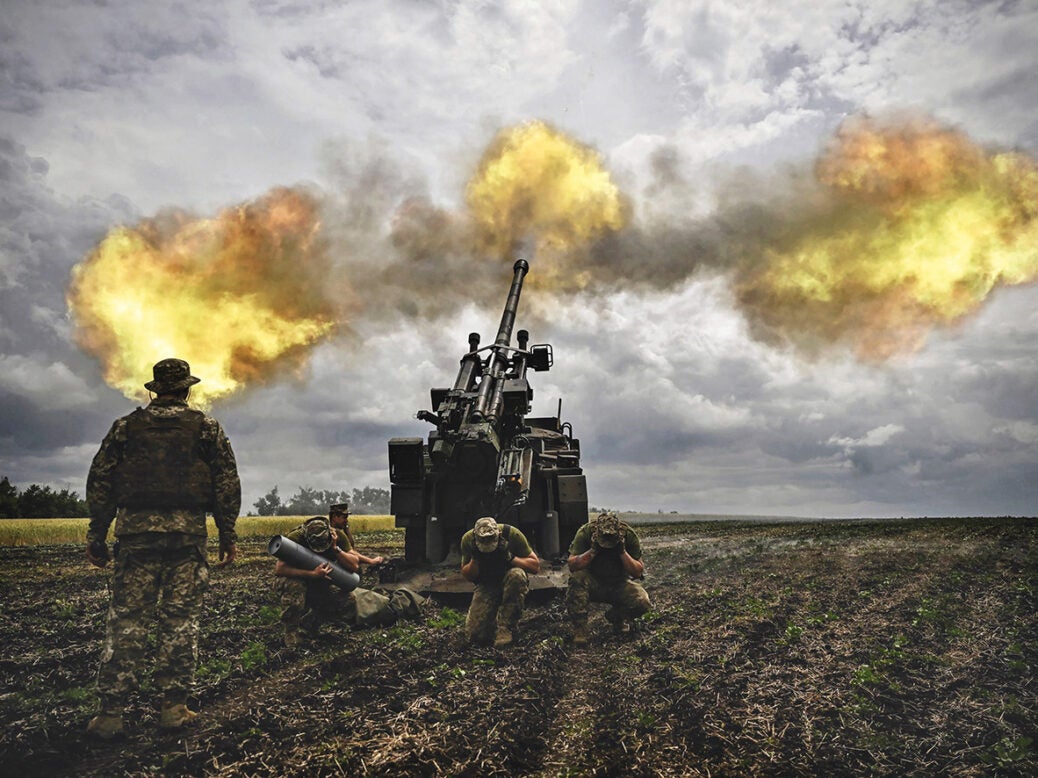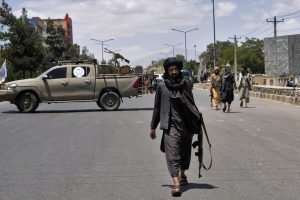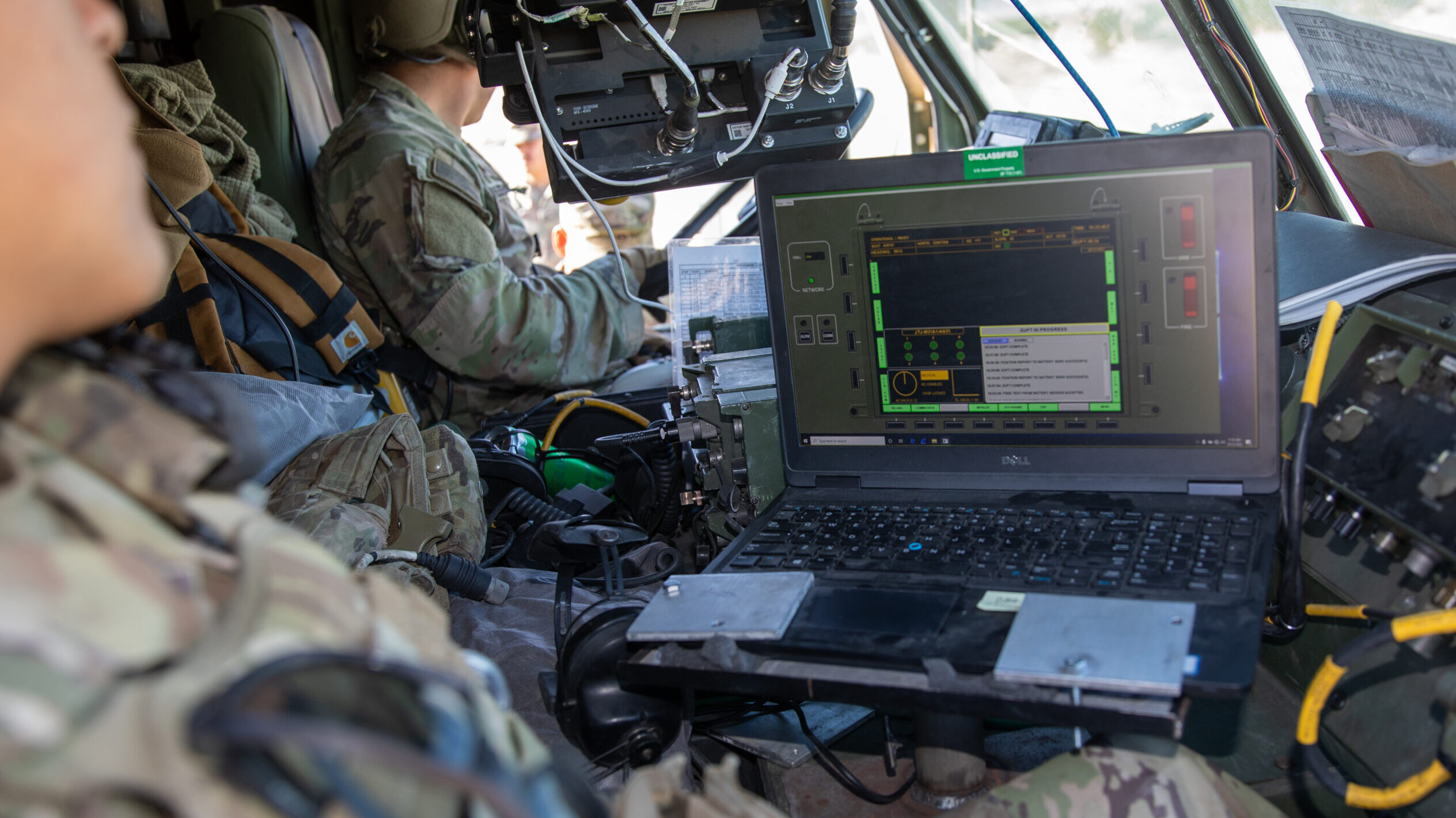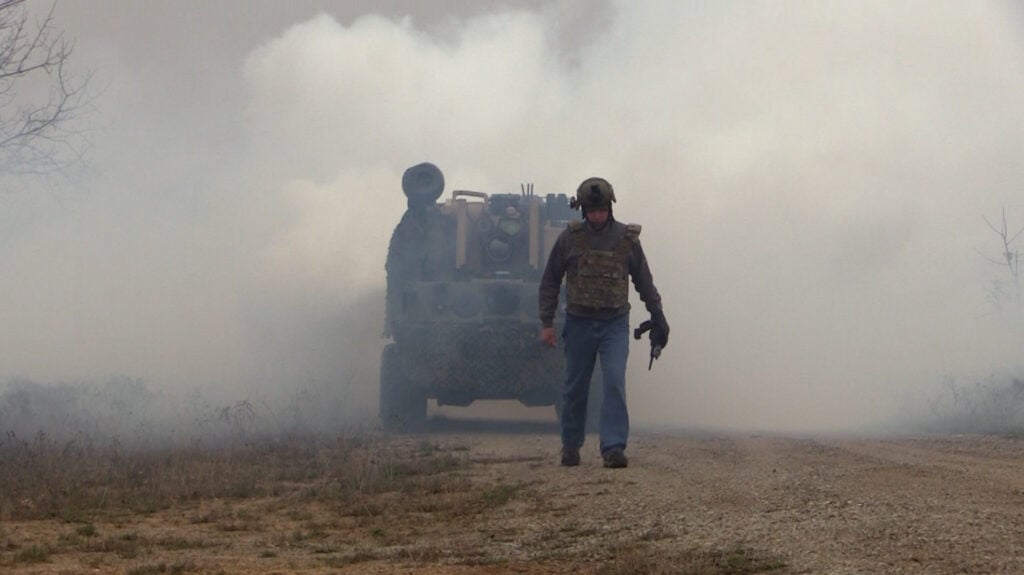Katie Rogers and Chris Buckley

BALI, Indonesia — President Biden and his Chinese counterpart, Xi Jinping, met for nearly three hours to hash out some of the thorniest issues in their relationship, including tensions over Taiwan, the economy and a return to climate negotiations.
Mr. Biden and Mr. Xi made a cautious promise to try to improve a relationship that is at its most rancorous point in decades, and he pledged to send his top envoy to China soon.
Mr. Biden warned Mr. Xi that China’s aggressive stance toward Taiwan threatened stability in the region and could ultimately jeopardize the global economy. Mr. Xi replied that Taiwan’s independence was as incompatible to peace and stability as “fire and water.”





